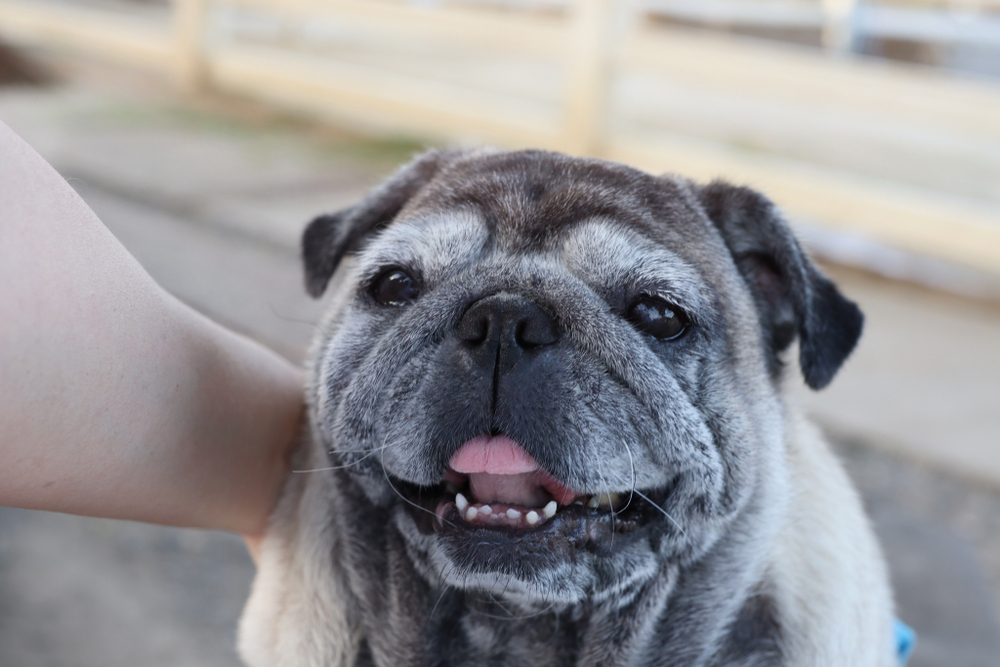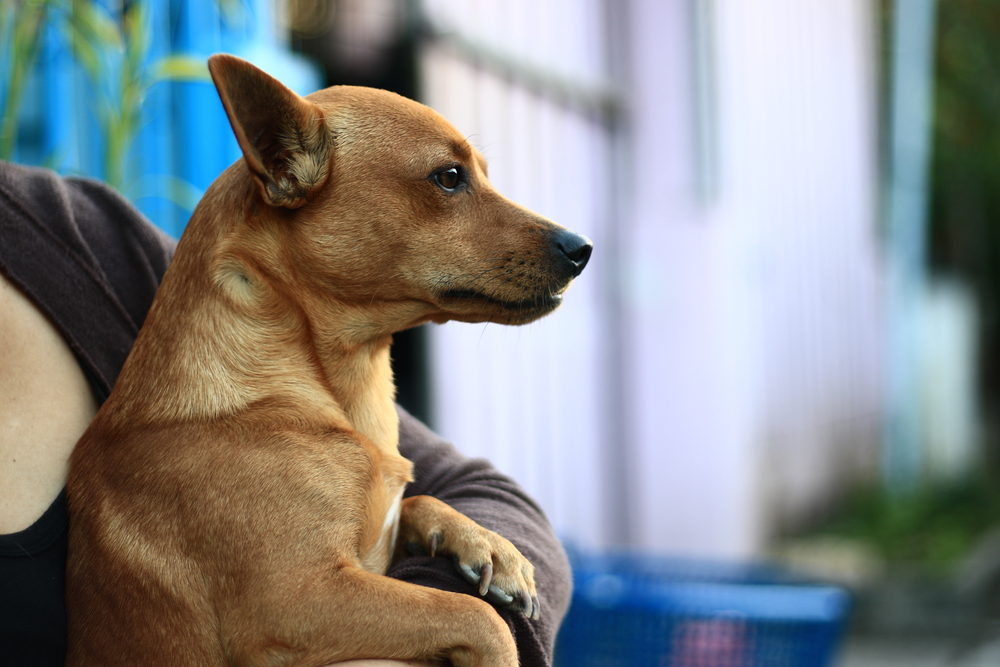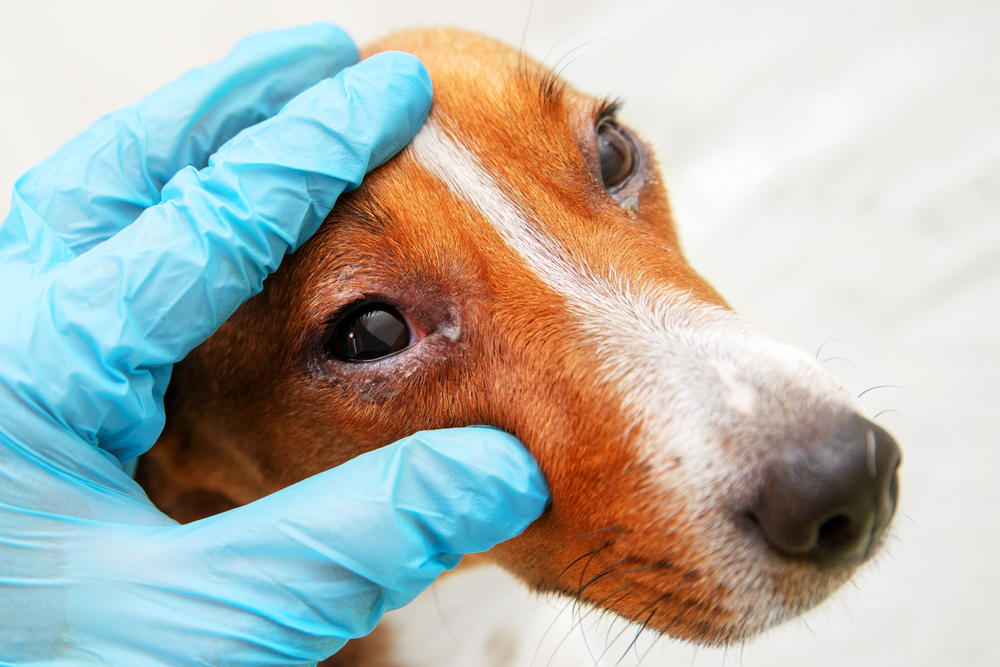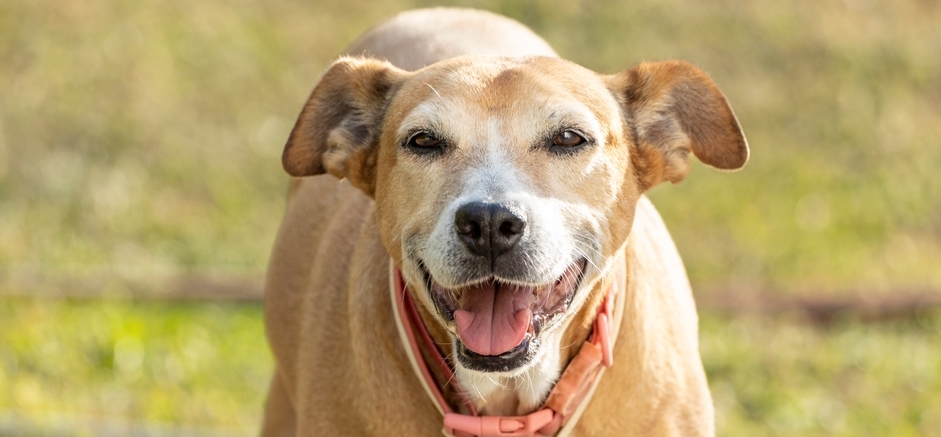
Shedding Light on Cataracts in Dogs: Understanding Symptoms, Diagnosis, and Treatment
What are Cataracts?
Symptoms of Cataracts in Dogs
Identifying cataracts in your canine companions is crucial for timely intervention. Keep an eye out for these potential symptoms:
- Cloudy or bluish-gray appearance in the eye: This is the most apparent sign of cataracts.
- Change in eye color: You may notice a change in the color of your dog’s eye as the cataract develops.
- Decreased vision: Dogs with cataracts may exhibit difficulty seeing clearly, bumping into objects, or hesitating to navigate familiar surroundings.
Increased clumsiness: Due to compromised vision, dogs may become clumsier than usual, especially in dimly lit areas.

Diagnosing Cataracts In Your Beloved Friend
If you notice any of the aforementioned symptoms in your furry friend, it’s essential to seek veterinary attention promptly. Your veterinarian will conduct a comprehensive eye examination to diagnose cataracts accurately. This may involve specialized tests such as ocular ultrasound or electroretinography to assess the extent of vision impairment and rule out any underlying conditions contributing to cataract formation.
Treatment Options for Cataracts In Pets
1. Surgical Removal: In cases where cataracts severely impair vision and affect your dog’s daily activities, surgical removal may be recommended. During this procedure, the cloudy lens is replaced with an artificial intraocular lens, restoring clarity of vision.
2. Medical Management: For dogs with mild cataracts or those who aren’t suitable candidates for surgery, your veterinarian may prescribe medications or recommend dietary supplements to manage underlying conditions contributing to cataract formation, such as diabetes mellitus.
Schedule Regular Eye Exams for Your Pup at Henderson Animal Hospital!




